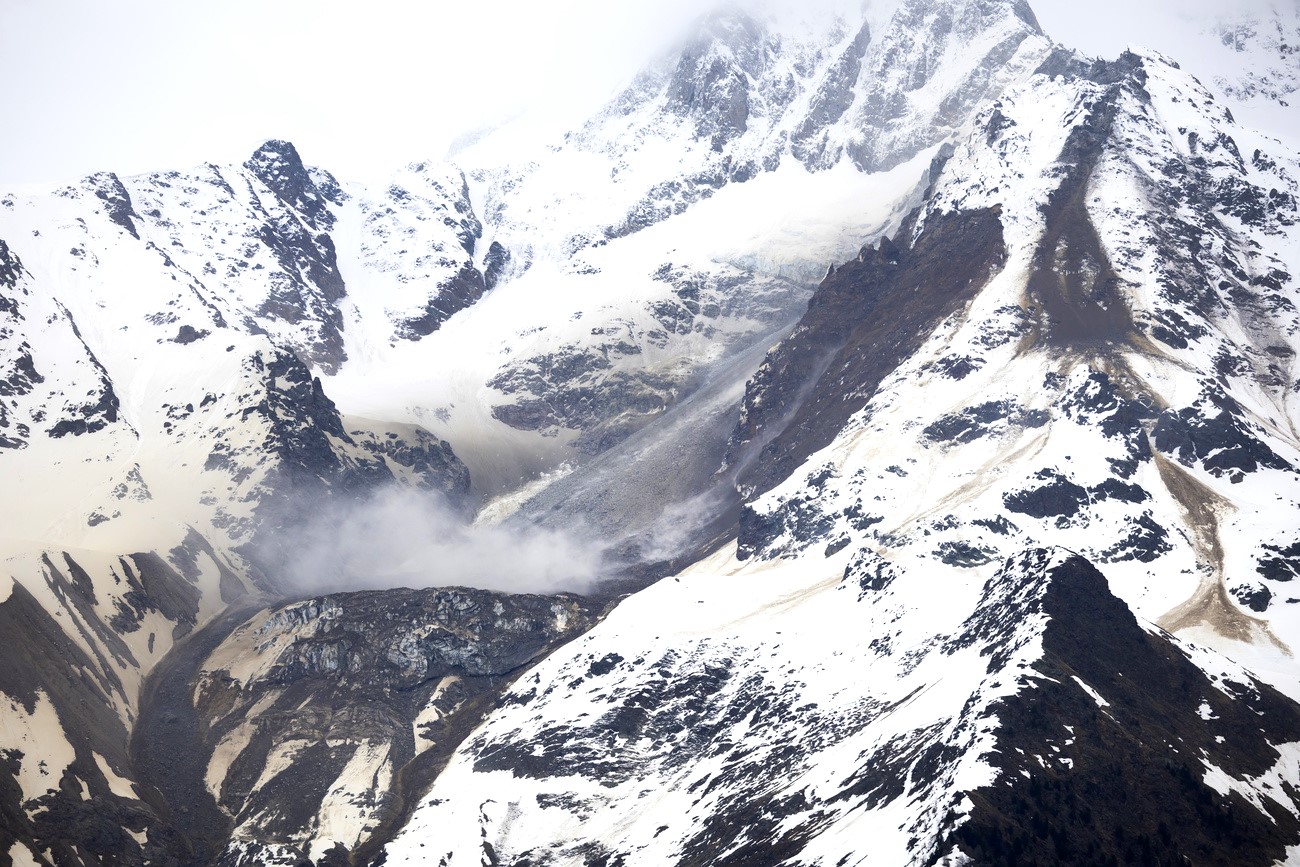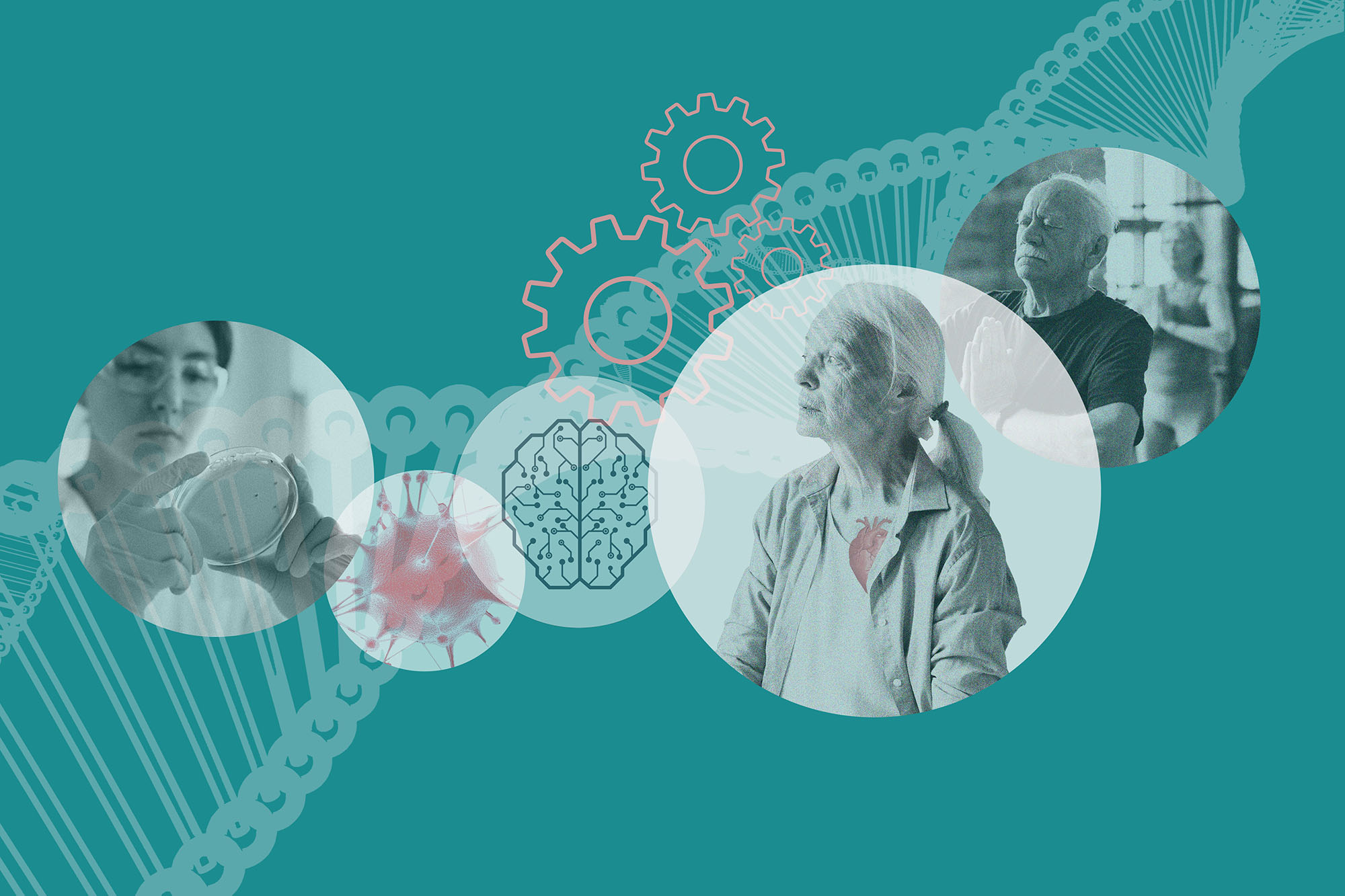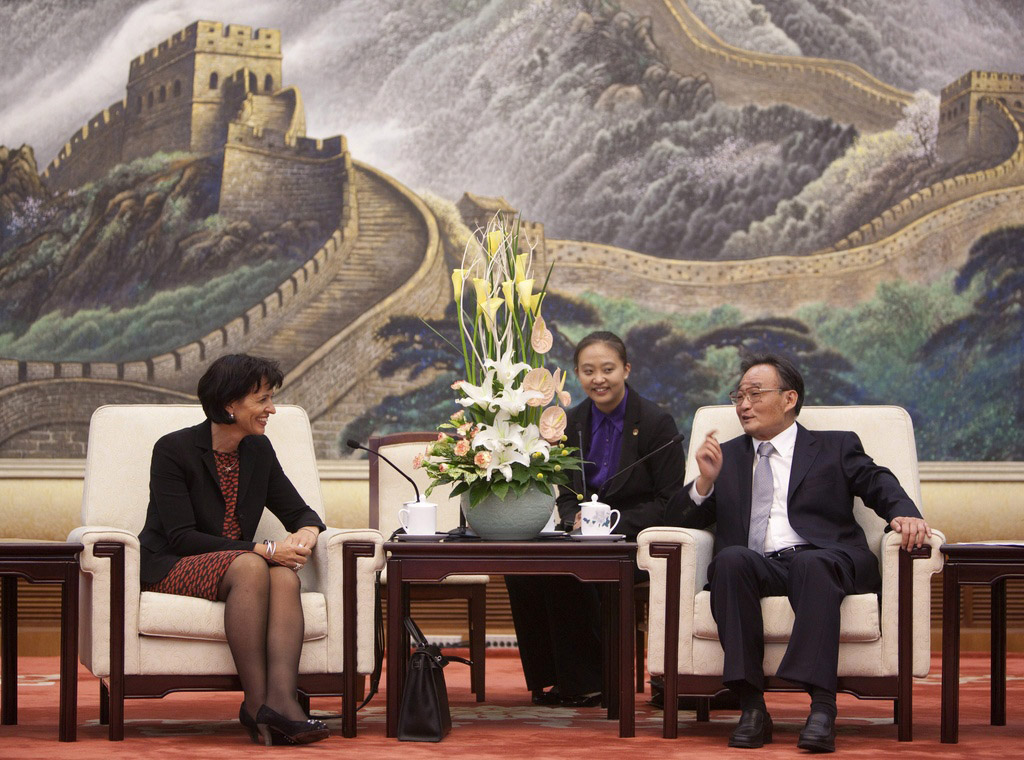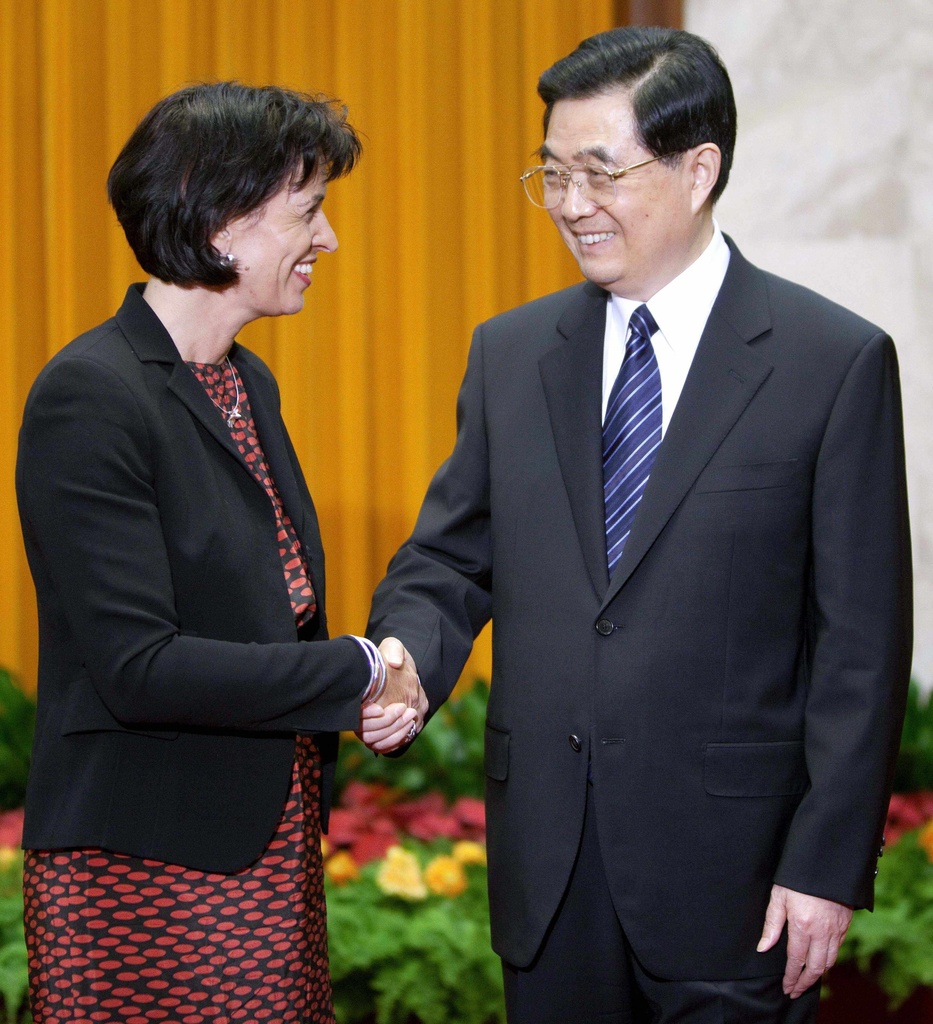Expo pavilion hangs on despite shut chairlift

The Swiss pavilion at the Shanghai World Expo began as a success story with its mini ski lift attracting long queues. That is, until the lifts broke down.
The Expo finishes in less than a month. It being the 60th anniversary of the establishment of Swiss-Sino diplomatic ties, Switzerland had a strong presence at the Expo.
The chairlifts at the Swiss pavilion were meant to “demonstrate once again that Switzerland not only excels in chocolate, cheese and watches, but more importantly is able to offer the highest quality in technical innovation”, according to Bartholet Maschinenbau, the company whose subsidiary Swissrides built the lifts.
But for the past six weeks, the installation has been shut. It was closed down for security reasons after a Chinese visitor broke his foot when his seat slipped on the rail.
The lift started running again on Tuesday, with a new braking system. But “that does not change the fact that we cannot operate the system if it rains”, says the pavilion director Manuel Salchli.
Bartholet Maschinenbau’s website states: “The lifts are quite intrinsically linked to the image of Switzerland, which is why the pavilion is offering visitors a tour on this spectacular chairlift.”
But in Switzerland, ski lifts operate under all weather conditions. So, will these setbacks affect Switzerland’s image in China?
“A pity”
Switzerland’s official line is that it won’t. “It’s mainly been talked about in Switzerland,” said Transport Minister Moritz Leuenberger, during a trip to Shanghai earlier this month. He adds that “it’s good, if a mistake is made it should be discussed. But here in China, it’s not an issue.”
The same message was given on August 12 at the official Swiss day at the Expo, attended by Swiss President Doris Leuthard. “It’s a pity,” Johannes Matyassy, director of Presence Switzerland, told the assembled Swiss media, adding that “the success of our pavilion does not depend on the chairlift”.
He noted that none of the Chinese journalists present had asked any questions about the chairlift problems. It proves that even if it had been “integral in creating a good image of the pavilion, its reputation is now established, even if the lift does not work”.
Of course China is not noted for its press freedom, and journalists will have been spreading positive news. Blunders are brushed under the carpet. During the chairlift’s long closure, a sign in front of the Swiss pavilion simply stated that “the chairlift is closed today”. But visitors were not fooled.
“The Swiss pavilion isn’t interesting without the chair lift. It’s lovely to look at, but there’s nothing inside,” writes the blogger Small Ugly Fish. Fellow blogger Maomaoxiaoyu warns against queuing up at the pavilion “because the slightest drop of rain puts the chair lift out of action”.
On leaving the pavilion, one visitor commented: “There was much more to see at the Italian and French pavilions. You have such advanced industry, we would have liked to see some watches for example, but there was nothing at all.”
Positive outcome
“It’s a bit unfortunate when this notion of Switzerland being perfect is tarnished by a chairlift breaking at the Swiss pavilion. It does Switzerland a disservice,” said the former head of Swiss Post Claude Béglé.
He may have said aloud what many are thinking. Béglé was recently in Shanghai to promote good practice in renewable energy by Geneva and French-speaking parts of Switzerland.
After his presentation, Béglé revealed that two very powerful Chinese businessmen were in the room, and want to relocate to Geneva. This would be one positive outcome of the Swiss presence at the Expo.
The cities of Basel, Geneva and Zurich have in fact stepped up efforts to attract visitors to their joint pavilion at the Expo. Earlier this month Geneva held an exhibition on the Fondation de la Haute Horlogerie, much to the delight of Swiss watch fans at the pavilion.
Higher education institutions have also been very active, thanks to the efforts of Swissnex China in particular, a Swiss government-sponsored network promoting scientific cooperation.
“I’m sure ties between scientists of both countries will increase in the coming years,” says Zhu Zhiyuan, vice-chairman of the Chinese Academy of Sciences in Shanghai.
After the chairlift accident, Swissrides developed a braking system that was supposed to prevent accidental slippage.
The ten seats have been equipped with this device, the manufacturing, installation and adjustment of which took almost six weeks.
Swissrides dispatched a dozen technicians to Shanghai, in addition to the six people who are present at all times to operate the facility.
Paradoxically, during the closure, the pavilion received more than double the usual daily number of visitors, up to 25,000, according to pavilion director Manuel Salchli.
“The VIP lounge for the Swiss pavilion is up to is up to 90% reserved, we could have made it even bigger,” says Manuel Salchli.”The Chinese authorities are inundating us with requests to visit the pavilion, with or without the chairlift.”
The restaurant has been a huge success. It was named the best establishment at the exhibition by a team of Swedish journalists doing a ranking in collaboration with the Shanghai Daily.
The outdoor area around the pavilion attracts visitors and does not involve queuing. Visitors like to picnic, shelter from sun or rain and wait for the various events taking place.
(Translated from French by Jessica Dacey)

In compliance with the JTI standards
More: SWI swissinfo.ch certified by the Journalism Trust Initiative













You can find an overview of ongoing debates with our journalists here . Please join us!
If you want to start a conversation about a topic raised in this article or want to report factual errors, email us at english@swissinfo.ch.